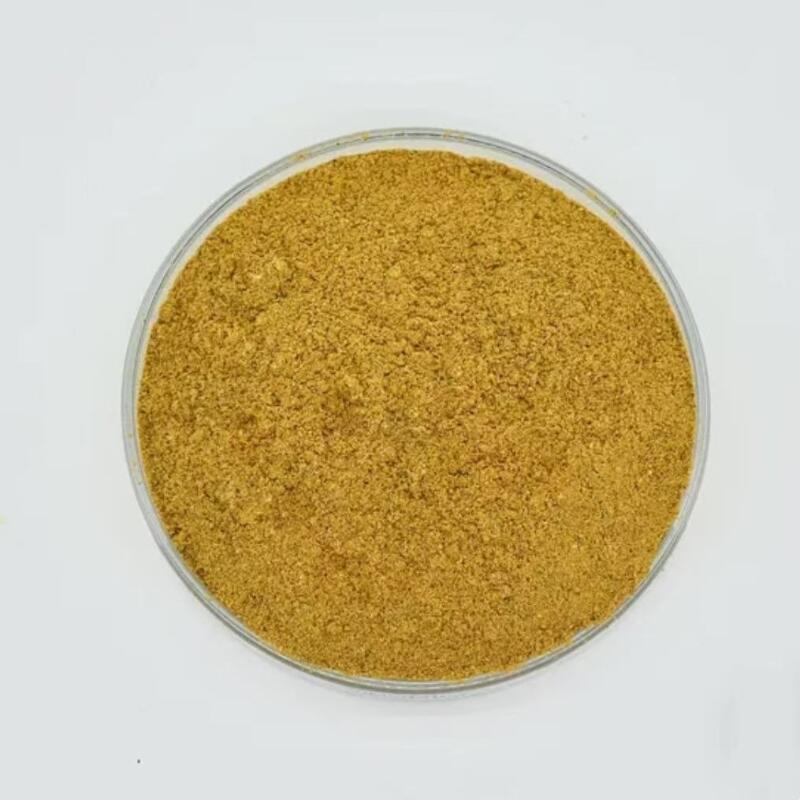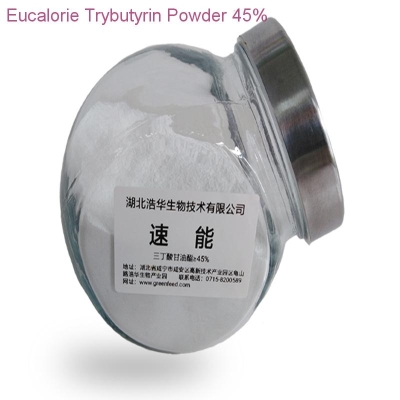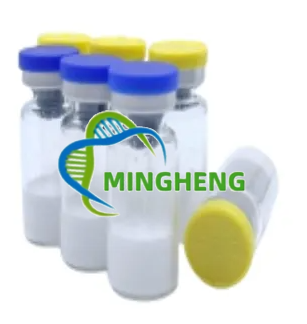-
Categories
-
Pharmaceutical Intermediates
-
Active Pharmaceutical Ingredients
-
Food Additives
- Industrial Coatings
- Agrochemicals
- Dyes and Pigments
- Surfactant
- Flavors and Fragrances
- Chemical Reagents
- Catalyst and Auxiliary
- Natural Products
- Inorganic Chemistry
-
Organic Chemistry
-
Biochemical Engineering
- Analytical Chemistry
-
Cosmetic Ingredient
- Water Treatment Chemical
-
Pharmaceutical Intermediates
Promotion
ECHEMI Mall
Wholesale
Weekly Price
Exhibition
News
-
Trade Service
Chromium(III) picolinate is a widely used chromium supplement in the chemical industry.
It is a salt-like compound that is formed by the reaction between chromium(III) oxide and picolinic acid.
Chromium(III) picolinate is often used in the production of chromium chemicals, such as chromic acid and chromium oxide, as well as in the production of various industrial and consumer products, including dyes, paints, and plastics.
The use of chromium(III) picolinate in the chemical industry is driven by its versatile properties.
Chromium(III) picolinate is a strong oxidizing agent and is often used as a catalyst in various chemical reactions.
It is also highly soluble in water, making it easy to handle and use in various industrial processes.
Additionally, chromium(III) picolinate is a stable compound that is resistant to moisture and other environmental factors, which makes it an ideal choice for use in outdoor and high-humidity environments.
One of the main applications of chromium(III) picolinate in the chemical industry is in the production of chromic acid.
Chromic acid is a highly corrosive acid that is used in various industrial processes, including the pickling of metals, the etching of glass, and the preparation of other chromium chemicals.
Chromium(III) picolinate is used in the production of chromic acid by reacting it with metal chromates, such as sodium chromate, in the presence of water.
The reaction produces chromic acid and chromium(III) hydroxide, which can be further purified and used in various industrial applications.
Chromium(III) picolinate is also used in the production of chromium oxide, another important chromium-containing chemical.
Chromium oxide is used in the production of catalytic converters, as a catalyst in various chemical reactions, and as a source of chromium for various industrial applications.
Chromium(III) picolinate is used in the production of chromium oxide by reacting it with chromium(III) hydroxide in the presence of heat.
The reaction produces chromium oxide and water, which can be further purified and used in various industrial applications.
In addition to its use in the production of chromium chemicals, chromium(III) picolinate is also used in the production of various industrial and consumer products.
For example, it is used as a catalyst in the production of dyes, where it helps to speed up the reaction between the dye precursors and the fibers.
Chromium(III) picolinate is also used in the production of paints and plastics, where it acts as a catalyst and an anticorrosive agent.
Despite its many uses, chromium(III) picolinate is also known to have some potential drawbacks.
For example, it is considered to be a potential health hazard if ingested or inhaled in large quantities.
Additionally, it is also considered to be a potential environmental hazard, as it can be harmful to aquatic life and the environment if released into the water.
As such, it is important to handle and use chromium(III) picolinate in a safe and responsible manner to minimize its potential negative impacts.
In conclusion, chromium(III) picolinate is a versatile and important compound in the chemical industry, where it is used in the production of various chromium chemicals, as well as in the production of industrial and consumer products.
Its strong oxidizing properties, stability, and solubility make it an ideal choice for use in various industrial processes.
However, it is also important to handle and use chromium(III) picolinate in a safe and responsible manner to minimize its potential negative impacts on health and the environment.







